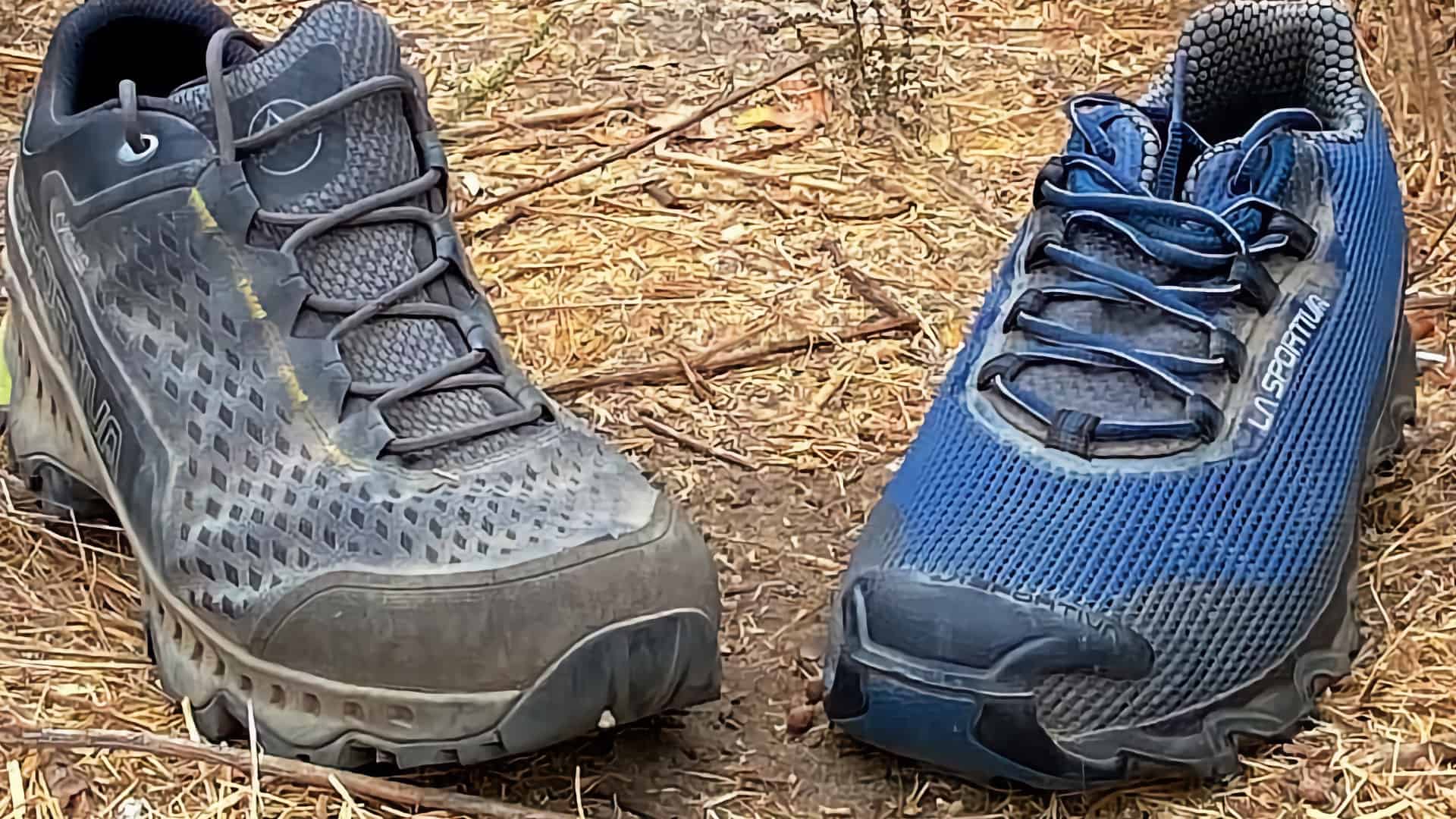The question of whether hiking boots can be used for walking is a common one, often pondered by those seeking versatile footwear. Many people find themselves wondering if the rugged construction and supportive features of hiking boots are overkill for everyday strolls or urban explorations. After all, hiking boots are designed to withstand challenging terrains and provide ankle support during strenuous outdoor activities. But can they also serve as a comfortable and practical option for less demanding walking scenarios? Let’s explore the pros and cons of using hiking boots can be used for walking.
The Pros of Using Hiking Boots for Walking
While seemingly excessive for simple walks, hiking boots offer several advantages that might make them a suitable choice for some individuals:
- Superior Support and Stability: Hiking boots are engineered to provide excellent ankle support, which can be beneficial for individuals with weak ankles or those prone to injuries.
- Enhanced Traction: The aggressive outsoles of hiking boots offer superior grip on various surfaces, making them ideal for walking on uneven terrain or in slippery conditions.
- Durability and Protection: Hiking boots are built to withstand harsh conditions, providing excellent protection against rocks, roots, and other potential hazards.
- Water Resistance: Many hiking boots are waterproof or water-resistant, keeping your feet dry in wet weather.
The Cons of Using Hiking Boots for Walking
Despite their advantages, hiking boots also have some drawbacks that might make them less suitable for everyday walking:
- Weight and Bulk: Hiking boots are typically heavier and bulkier than walking shoes, which can lead to fatigue during long walks.
- Stiffness and Break-in Period: Hiking boots often require a break-in period and can feel stiff and uncomfortable initially.
- Breathability: Some hiking boots can be less breathable than walking shoes, leading to sweaty feet, especially in warm weather.
- Cost: Hiking boots are generally more expensive than walking shoes.
Considerations for Choosing Hiking Boots for Walking
If you’re considering using hiking boots for walking, here are some factors to consider:
- Type of Walking: Are you planning on walking on paved surfaces, trails, or a combination of both?
- Distance: How far will you be walking?
- Weather Conditions: Will you be walking in wet or dry conditions?
- Personal Preferences: Do you prioritize support, durability, or comfort?
Ultimately, the decision of whether or not to use hiking boots for walking depends on your individual needs and preferences; If you prioritize support, durability, and traction, and don’t mind the extra weight and stiffness, hiking boots can be a viable option. However, if you prioritize comfort, breathability, and lightweight design, walking shoes might be a better choice.
The middle ground often lies in lighter hiking shoes or trail running shoes, which offer a blend of support and flexibility. These options can be a good compromise for those who want some of the benefits of hiking boots without the added bulk.
FAQ: Hiking Boots and Walking
- Q: Will hiking boots damage pavement?
- A: While unlikely to cause significant damage, the aggressive treads of hiking boots can wear down pavement faster than smoother-soled shoes.
- Q: Are hiking boots good for walking on concrete?
- A: Hiking boots can be used on concrete, but the stiffness and weight may lead to discomfort during long walks.
- Q: Can I wear hiking boots every day?
- A: Wearing hiking boots every day is possible, but it’s important to consider the potential for fatigue and discomfort, especially if you’re primarily walking on paved surfaces.

